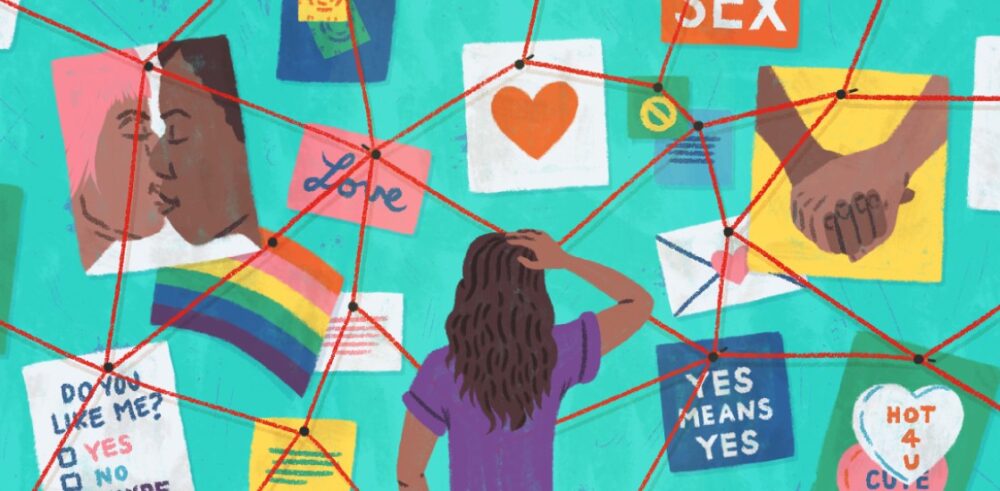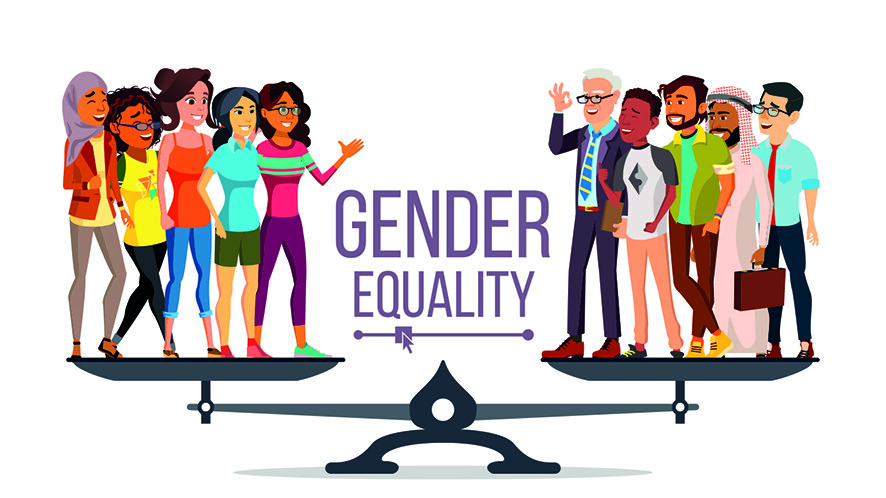Unintended pregnancies are a significant global health and social issue, impacting the lives of millions of individuals and their communities. While family planning and reproductive healthcare have made great strides, unintended pregnancies continue to occur for a variety of reasons.
According to data from the United Nations Population Fund, approximately 50% of pregnancies occur unexpectedly. This amounts to a yearly global total of 121 million. Understanding the factors contributing to unintended pregnancies and exploring comprehensive solutions is essential in addressing this complex challenge.
In this article, we will discuss the multifaceted aspects of unintended pregnancies, examining their causes, consequences, and potential solutions.
Causes of Unintended Pregnancies

Source: parenting.firstcry.com
Unintended pregnancies stem from a complex interplay of various factors. The lack of comprehensive sex education is a significant contributor. In many regions, sex education is either insufficient or absent, leaving individuals uninformed about contraception, safe sex practices, and consent.
Moreover, limited access to contraceptives, especially in low-income communities, can result in unplanned pregnancies. Societal stigmas surrounding discussions about sex and contraception can deter people from seeking information or support.
Additionally, contraceptive methods are not foolproof, and contraceptive failure can occur. According to Science Friday, no birth control has a 0.00% failure rate, except for complete female sterilization. The failure rate for standard birth control pills is 7%. This contributes to unintended pregnancies. Understanding these root causes is vital in formulating effective strategies to reduce the incidence of unintended pregnancies.
The Socioeconomic Impact
Unintended pregnancies have far-reaching socioeconomic consequences. Individuals and families facing these situations often struggle financially. The costs of raising a child, including healthcare, education, and basic needs, can be overwhelming.
These economic pressures can perpetuate the cycle of poverty, affecting not only the immediate family but also the community at large. Unplanned pregnancies can disrupt education and career opportunities, limiting the individual’s long-term earning potential.
Moreover, societal resources are strained as government and non-governmental organizations are forced to provide support. Addressing unintended pregnancies is not just a matter of personal choice but a societal responsibility to reduce the socioeconomic burden on communities.
Psychological and Emotional Challenges
According to Her Smart Choice, unintended pregnancies bring forth a host of emotional and psychological challenges. For those experiencing them, feelings of shock, anxiety, and uncertainty are common. The decision-making process can be agonizing, leading to a range of emotions, including guilt, fear, and stress.
These psychological burdens can impact mental health, making it imperative to provide access to supportive counseling and mental health services. Understanding the emotional toll of unintended pregnancies is crucial in offering effective support systems for individuals and couples during this difficult time.
Comprehensive Sex Education

Source: politicsatnyu.org
Sex education is a powerful tool in preventing unintended pregnancies. By providing young people with accurate and age-appropriate information about reproductive health, contraception, and consent, we empower them to make informed choices.
Such education helps to demystify the topic of sex, reduce stigma, and promote responsible decision-making. It equips individuals with the knowledge to use contraceptives effectively and understand the importance of consent, reducing the likelihood of unintended pregnancies.
Access to Contraceptives
Access to contraceptives is a fundamental component of reducing unintended pregnancies. Contraceptives should be affordable, readily available, and diverse in options to cater to individual needs. However, in many regions, barriers such as cost, lack of healthcare access, and cultural taboos limit contraceptive use.
Ensuring that contraceptives are accessible to all, regardless of socioeconomic status, is a critical step in reducing unintended pregnancies. Additionally, healthcare providers should offer guidance on the most suitable contraceptive methods based on an individual’s needs and preferences.
Popular Contraceptives
One popular contraceptive method is the birth control pill. It’s a convenient and highly effective option for many individuals. However, it’s important to recognize that one size does not fit all when it comes to contraceptives. There are various methods available, each with its own set of advantages and considerations.
Another notable contraceptive method is the Intrauterine Device (IUD), which is highly effective and long-lasting. Among the IUDs, Paragard stands out as a hormone-free option available in the United States. Unlike some other IUDs, Paragard is entirely hormone-free, making it a popular choice for individuals who prefer non-hormonal contraception. This IUD utilizes copper as its sole active ingredient, which serves as an effective means of preventing pregnancy.
While Paragard offers a reliable contraceptive option, it is essential to acknowledge the potential risks associated with its usage. Common side effects include abnormal uterine bleeding, heavier or longer periods, and backache. Most side effects are not serious but can cause discomfort for some users.
However, a concerning issue has arisen concerning Paragard IUDs. Some users have reported that their Paragard IUDs have broken during removal, causing complications like pain, perforation of the uterus, and even infertility. TorHoerman Law notes that surgical intervention has been necessary to retrieve the broken pieces in many cases.
Lawsuits have been filed by individuals who have experienced these complications. The Paragard lawsuit claims that the manufacturers, CooperSurgical and Teva Pharmaceuticals, failed to adequately warn them about the risk of Paragard breakage during removal. These lawsuits allege that Paragard is defective and that the manufacturers presented it as safe, despite its potential risks.
Empowering Women and Promoting Gender Equality

Source: linkedin.com
Empowering women and promoting gender equality are essential in the fight against unintended pregnancies. Gender inequality often contributes to unequal power dynamics within relationships, limiting women’s ability to make decisions about their own bodies and reproductive choices.
Empowering women through education, economic opportunities, and legal protections can help them take control of their reproductive health. Breaking down societal barriers and challenging norms that limit women’s choices are vital steps in reducing unintended pregnancies.
Community Support and Healthcare Services
Communities play a crucial role in supporting individuals facing unintended pregnancies. Local support networks can provide emotional and practical assistance, reducing feelings of isolation and despair. Healthcare services should offer comprehensive reproductive healthcare, including family planning, counseling, and access to safe abortion when necessary.
These services should be affordable, non-judgmental, and easily accessible to all. This ensures that individuals have the resources and support they need to make informed decisions about their reproductive health. By strengthening community support and healthcare services, we can help individuals navigate the challenges of unintended pregnancies more effectively.
Final Thoughts
Addressing unintended pregnancies is a complex and vital task that demands a holistic approach. To tackle the issue effectively, societies must prioritize comprehensive sex education, universal access to diverse contraceptive methods, and the empowerment of women. This will allow them to make informed choices about their reproductive health.
Creating supportive communities and accessible healthcare services further contributes to alleviating the associated burdens. By acknowledging the multifaceted factors at play, we pave the way for healthier societies where fewer lives are derailed by unplanned pregnancies. It is a collective responsibility to strive for a future where individuals have the resources and knowledge to navigate this challenging terrain.












